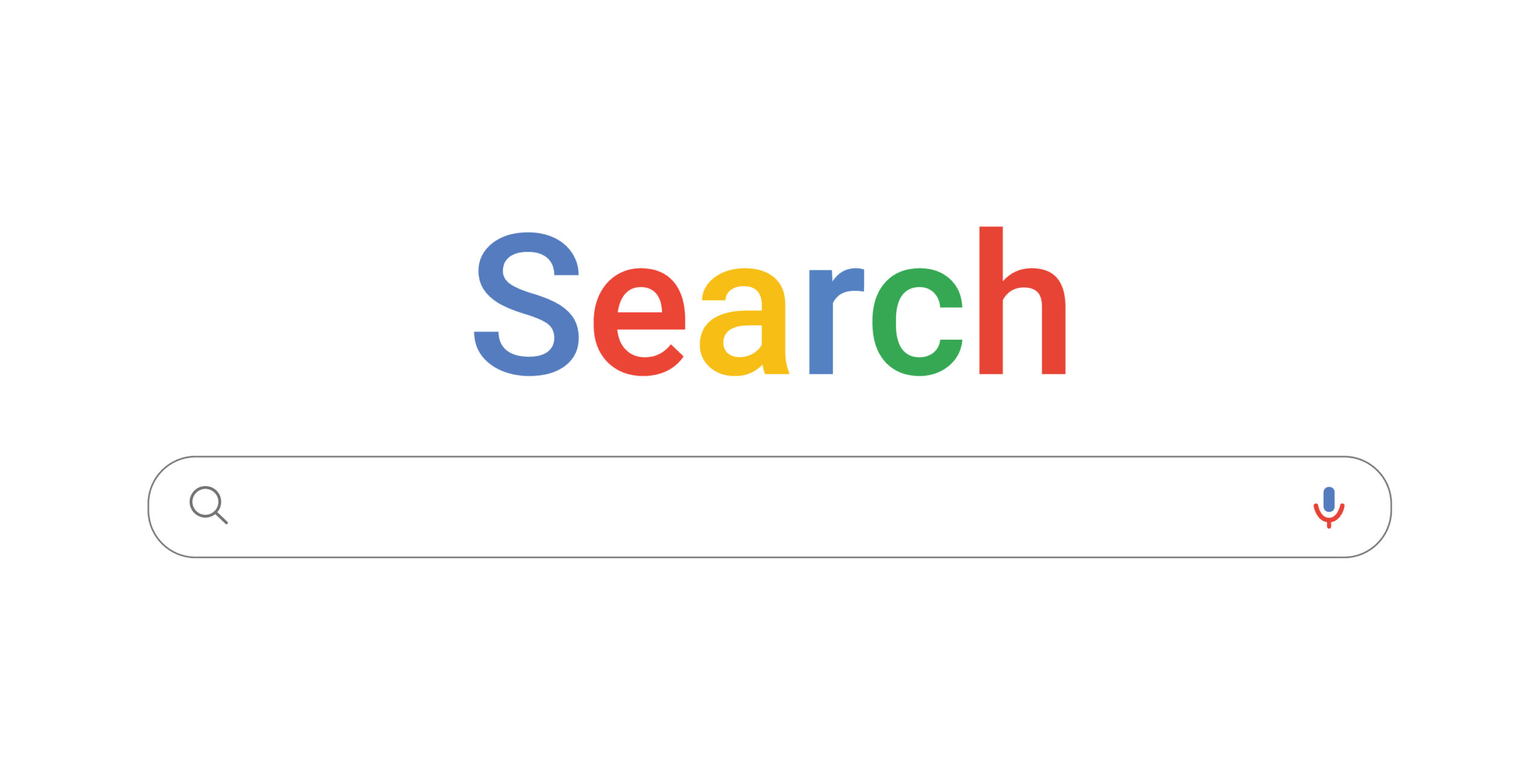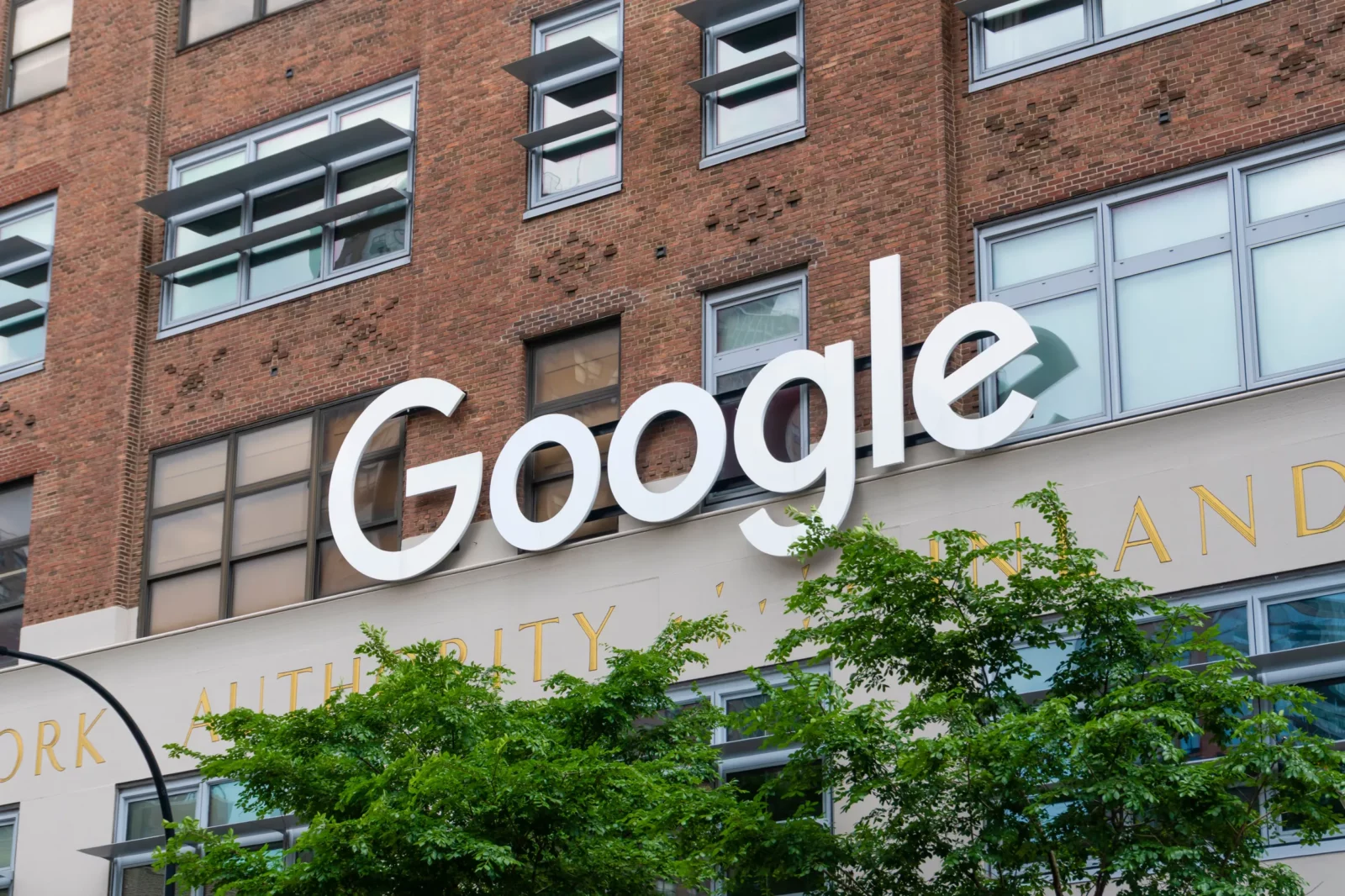Survey of Briefs in Support of Google’s Rehearing Petition in Oracle Case
Google kicked off another round of briefing in the ongoing Oracle v. Google litigation, filing a petition for rehearing en banc on May 29. This week, numerous entities filed amicus briefs in support of Google’s petition.
As observers of the long-running litigation know, Oracle sued Google in 2010, shortly after acquiring Sun Microsystems, for patent and copyright infringement over Google’s use of Java application programming interfaces (APIs) in Android. In 2012, Federal District Court Judge William Alsup ruled that the Java API declarations copied by Google were not protectable under copyright. Oracle appealed to the U.S. Court of Appeals for the Federal Circuit (“CAFC”), rather than the Ninth Circuit, because the CAFC has exclusive jurisdiction over cases involving patent claims—even though the patent claims in this case were dismissed and are no longer at issue. However, on non-patent issues, the CAFC is required to apply the law of the circuit from which the case arose—here, the Ninth Circuit.
In a flawed opinion issued in 2014, the CAFC reversed the district court and found the Java API declarations to be copyrightable subject matter. Google petitioned the Supreme Court for cert (which was denied). The case was remanded back to the district court, and a jury in 2016 found Google’s incorporation of the Java declarations in Android to be a permitted fair use. In March of this year, the CAFC reversed the jury’s fair use determination in a second problematic opinion. (For more background reading, DisCo’s many posts on this case are available here, and EFF has compiled briefs various stages of the case here.)
Google’s Petition for Rehearing En Banc
On May 29, Google petitioned the entire CAFC to review the two decisions of the three-judge panel (the same three judges heard both appeals). Google first argued that the panel’s 2014 decision misapplied 17 U.S.C. § 102(b), which excludes copyright protection from ideas, procedures, processes, systems, or methods of operation. Notwithstanding the plain language of section 102(b), the panel held that all elements of a work are entitled to copyright protection so long as the author had multiple ways to express the underlying idea. Because Sun could have written different declarations, the panel found them protectable. Google argued that this finding runs contrary to the Supreme Court’s decision in Feist v. Rural Telephone, as well as decisions in other circuits, such as the First Circuit’s Lotus v. Borland and the Ninth Circuit’s Sega v. Accolade. In particular, the Ninth Circuit in Bikram’s Yoga College v. Evolation Yoga stressed that “the possibility of attaining a particular end through multiple different methods does not render the uncopyrightable a proper subject of copyright.”
Google asserted that the declarations at issue are the system or method of operating the pre-written programs of the API. If the declarations were changed, the “familiar shorthand access to pre-written functions and methods would not work.” Moreover, “if Google did not use the API’s declarations exactly as defined in Java, programmers could not have used the familiar shorthand commands.”
Google then argued that the panel’s 2018 decision incorrectly found that Google’s use was unfair as a matter of law. Google asserted that the panel applied the incorrect standard of review—that it should have reviewed the jury’s decisions deferentially, instead of de novo. Further, the panel adopted as fact numerous disputed Oracle assertions that were contrary to the jury’s presumed findings. For example, the panel found that Java APIs were in use in smartphones before Android entered the market. However, the panel ignored evidence that these early phones were nothing like modern smartphones; these early phones did not use the version of Java at issue; and Sun’s own CEO did not believe that Java was in the smartphone market.
Further, Google argued that the panel misapplied the statutory fair use factors. In particular, it found that Google’s use of the declarations was not transformative because the declarations served the identical function and purpose in Android. Google noted that under this approach “virtually no use of any element of a computer program could ever be transformative. The copied elements invariably would perform the same function in the new work because they were designed to perform that specific function.”
Moreover, Google stated that the panel erred by focusing on the transformation of the declarations, as opposed to whether Android as a whole was transformative. Google “selected particular declarations coupled ‘with new implementing code adapted to the constrained operating environment of mobile smartphone devices with small batteries’ and ‘combined with brand new methods, classes, and packages written by Google for the mobile smartphone platform.’”
Additionally, Google observed that in the Ninth Circuit, fair use is appropriate where the custom or public policy at the time would have defined the use as reasonable. Google pointed out that the jury heard uncontradicted testimony from Sun’s formers CEO and CTO that Sun’s business model was to make declarations free for anyone to use. The jury also heard testimony that it was industry custom to copy and use APIs developed by other firms. The panel, however, ignored this evidence.
Finally, Google stressed that this case was of exceptional importance. The panel concluded that “a firmly established, widely practiced method of designing computer software violates copyright law.” Google stated that “had the panel’s decisions been the law at the inception of the Internet age, early computer companies could have blocked vast amounts of technological development by claiming 95-year copyright monopolies over the basic building blocks of computer design and programming.”
This week, several amicus briefs were filed in support of Google’s petition.
Electronic Frontier Foundation
In its amicus brief, the Electronic Frontier Foundation (“EFF”) argued that the CAFC should rehear this case en banc to correct splits in the law of the circuits between the panel’s decisions, on the one hand, and the Ninth and other circuits, on the other hand. According to EFF, those splits concern both the reach of copyright protection and the application of the fair use doctrine in software cases. The panel’s decisions construe “copyright protection too broadly and fair use too narrowly.”
EFF underscored that the panel’s copyright analysis lost sight of the multiple public interests at play in this case. Precedents in the Supreme Court and other circuits emphasize that the objective of copyright is to promote the greater public interest in the development of art, science, and industry. However, the panel ignored the contention of “a host of technology pioneers…that treating the APIs in question as copyrightable would undermine decades of established practice and future innovation.”
EFF noted that the Supreme Court in the Betamax case found that the flexibility of fair use was essential to achieving copyright’s public interest objectives during a period of rapid technological change. While the Supreme Court and the Ninth Circuit have taught that courts confronted with new technologies should air on the side of fair use, the panel here “took a narrow and rigid approach.” In particular, the panel gave insufficient weight to the functional nature of the work at issue, a computer program, contrary to the Sega and Lotus decisions.
Computer & Communications Industry Association
While EFF’s brief focused on the split between the panel’s decisions and decisions in the Supreme Court and other circuits, the amicus brief submitted by the Computer & Communications Industry Association (“CCIA”), centered on the divergence between the panel’s decisions and the global consensus that has emerged over the past 30 years on the appropriate scope of protection for computer software. (I was the counsel of record on this brief.)
CCIA explained that copyright has the potential to prevent competition in the computer industry by locking customers and programmers into particular computing environments. Recognizing this potential, courts and legislatures around the world have applied copyright to software in a manner that facilitates, rather than inhibits, legitimate competition. Thus, the European Union in 1991 adopted the Software Directive, which requires member states to permit the reverse engineering of computer programs for the purpose of achieving interoperability. In 2012, the EU’s highest court, the Court of Justice of the European Union, in SAS v. World Programming, interpreted the Directive as precluding copyright protection for a computer program’s functionality, programming languages, or the formats of data files. In other words, the CJEU reached precisely the same conclusion as the district court below, and the opposite of the panel’s 2014 decision.
The CCIA brief then described how policymakers in the Pacific Rim encouraged the development of domestic software industries by following either the U.S. fair use approach based on Sega or the specific statutory exception approach of the Software Directive. The brief referenced amendments to the copyright laws of Australia, Hong Kong, Singapore, Canada, Chile, Malaysia, New Zealand, the Philippines, South Korea, Taiwan, and Japan to promote competition through interoperability. Nations in other regions followed suit, including India, Kenya, Israel, and Malawi. The brief also discussed the inclusion in U.S. free trade agreements of provisions modeled on the interoperability exception to section 1201 of the Digital Millennium Copyright Act.
In sum, over 40 countries, including many major U.S. trading partners, have recognized that permitting copyright law to obstruct competition would impede the growth of the software industry and the Internet economy. By extending copyright protection to software interfaces, and overturning the jury’s fair use finding, the panel’s decisions run contrary to global competition-enhancing copyright norms that have evolved in part in response to U.S. case law and the DMCA.
American Antitrust Institute
The amicus brief of the American Antitrust Institute (“AAI”) drilled down on the adverse impact of the panel’s decisions on competition. “Those rulings fail to consider that copyright law seeks to promote a balance between exclusive rights and competition. . . . By ignoring the competition side of the equation—indeed by rejecting the relevance if interoperability and compatibility concerns—the Panel’s rulings may slow innovation in software dependent markets.”
AAI noted that courts have found that applying copyright concepts designed for traditional literary works to computer programs is like trying “to fit the proverbial square peg in a round hole.” The problem is that computer programs are utilitarian articles that accomplish tasks. This means that computer programs pose unique problems for application of the idea/expression dichotomy. AAI observed that “the calculus for protecting computer software ‘interfaces’ like the API declarations at issue here or the command menu hierarchy at issue in Lotus is problematic at best” because of the risk of user lock-in by virtue of the users’ investment in learning the interfaces and creating their own programs employing them.
AAI stated that the CAFC “is familiar with the problem of patents in industry standards whereby implementer become locked-in to the standard.” The CAFC “has adjusted patent remedies to prevent holders of standard essential patents (SEPs) from taking advantage of such lock-in.” According to AAI, a similar problem arises with copyrighted software interfaces. “Copyright on largely functional elements of software that become an industry standard gives a copyright holder anticompetitive power to thwart or tax innovative developments that build upon the elements, and to misappropriate for itself investments by users of developers in learning those elements.” These harms should be “cabined by a liberal reading of the “method of operation” exception or the fair use defense.”
AAI explained that the panel misconstrued the relevance of compatibility. The appropriate question is not whether Google should be allowed to capitalize on the popularity of the Java API, “but whether the public is served insofar as copying the API declarations gives developers ‘an option to exploit their own prior investment in learning the packages rather than remain captives of the copyright owner.’”
Public Knowledge and the R Street Institute
Public Knowledge (“PK”) and the R Street Institute (“R Street”) made two arguments in their amicus brief. The first argument, based on the brief PK submitted in the Cisco v. Arista appeal pending at the CAFC, was that the panel’s decision that APIs are copyrightable subject matter would potentially affect broad segments of the technology and software industries. Modern information technology relies on technical standards that set forth application programming interfaces similar to Java’s. Many of these technical standards are now at risk of copyright litigation based on the panel decision.
The second argument, based on an article written by R Street’s Charles Duan, was that the panel’s decision suggests that programming languages, and by extension human language, could receive copyright protection. APIs and human languages share basic characteristics at issue in the panel’s decision. Both employ a vocabulary of words with semantic meanings, as well as a syntax specifying how these words are ordered. In holding that Google’s implementation of the Java API constituted copyright infringement and not fair use, the panel “opened the door to the remarkable possibility that copyright infringement could inhere in everyday uses of language.”
Pamela Samuelson and Clark Asay
Copyright law professors Pamela Samuelson (UC Berkeley) and Clark Asay (Brigham Young University) argued in their amicus brief that the panel’s decision that the API declarations were protectable is now even more inconsistent with Ninth Circuit precedent than when it was issued in 2014. The law professors pointed to the Ninth Circuit’s Bikram’s Yoga decision, where the court rejected Bikram’s argument that a sequence of yoga postures, chosen from “hundreds of postures” and “countless arrangements,” was copyrightable. The court observed that “the possibility of attaining a particular end through multiple different methods” does not change the fact that a process is ineligible for copyright protection, even if it is one of many processes “capable of attaining similar results.”
Turning to fair use, the law professors noted that if Google’s use of the Java APIs to create a new platform did not constitute fair use, “then it is difficult to imagine that any reuse of APIs or other functional elements of computer software could ever qualify as fair use.” Indeed, the panel interpreted fair use so narrowly that it would not apply to the reuse of any functional design.
Further, the panel erred by not deferring to the jury’s decision. No appellate court has ever overturned a jury’s fair use determination. Additionally, the panel ignored Supreme Court and Ninth Circuit precedent that a defendant’s good faith weighs in favor of fair use.
Finally, the panel also ignored the public benefits that flowed from Google’s use. The jury was presented with evidence that prior to the development of Android, there was no open-source, full-stack platform that could manage the constraints of smartphones. Google invested three years in developing Android, which resulted in what witnesses described as a revolutionary mobile platform. Upon Android’s completion, Google gave it away free of charge to smartphone manufacturers and published the source code for use under an open source license. “This approach greatly benefited application developers, who did not have to learn a new dialect of Java to use Android and could readily do so for free.” Currently, over 3.5 million applications have been developed using Android. Based on this record, the jury easily could have reasonably found that Google’s transformative use of the Java API in the development of Android provided substantial benefits to the software community and to the public overall.
Computer Scientists
An amicus brief was filed by 60 computer scientists who “have spent decades creating, using, and reimplementing APIs as part of their careers inventing, building, and teaching others about computer systems.” These computer scientists stressed that throughout their careers, “the industry has operated under the shared understanding that APIs, being functional, are free to reuse.” Further, they, “and virtually the entire computer software community, have relied on API reimplementations and the programs built on them to create and operate new software and hardware.” The software community “depend[s] on APIs remaining open to sustain widespread compatibility standards used by startups and incumbents alike.”
According to the computer scientists, the panel’s decisions “vitiate this fundamental understanding.” The panel’s decisions “fundamentally mischaracterized the technical nature of API technology and created clear conflict with the Ninth Circuit by disregarding its law governing the assessment of fair use in copying software.”
The computer scientists observed that “since the birth of modern computing, progress and innovation in the software industry has been predicated on the open nature of APIs. Time and time again, API reimplementation has spurred innovation.” The provide the example of the PC: “the development of the entire market was based on the reimplementation of IBM’s API—to achieve the same functionality—by competing companies.” They concluded that “treating APIs as copyrightable threatens to shut down such future innovation.”
Next Steps
The CAFC has invited Oracle to respond to Google’s petition; the rules do not allow for a response unless requested by the court. The court’s invitation suggests that the CAFC is taking Google’s petition seriously. If the CAFC agrees to rehearing en banc, it may order additional briefing and oral argument, and may identify specific issues it wants addressed.








